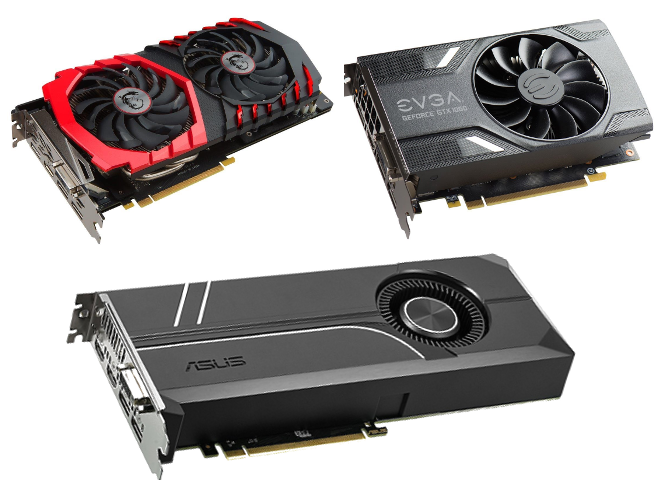Mulit GPU's, CrossFire vs SLI

Running two graphics cards in your computer can sometimes be a good way to boost your graphics power, but there are a few critical differences between NVIDIA and AMD when it comes to dual graphics. If you're thinking about running two cards, you have one more factor to think about when deciding between NVidia and AMD, since they both handle it differently. NVIDIA cards must be identical GPUs, while AMD cards are Crossfire compatible with other cards in the same family and with different RAM configurations. Many people assume that two cards will be twice as quick as one. Various companies selling desktops, laptops and video cards have done nothing to deny this. The assumption is incorrect, however. There is an overhead associated with getting two or more GPUs to work together. Driver and game support for the feature are also factors. In a best-case scenario an SLI configuration will be 80% quicker than a single card. In a worst-case scenario it may actually be slower.
An interpreter on the other hand is tailored to parse a stream of some syntax that is of a specific language and of a specific grammar that must be decoded in the context of the surrounding tokens. You can't look at each byte or even each line in isolation and know exactly what to do next. The tokens in the language can't be taken in isolation like they can relative to the instructions of a VM.
Both SLI and CrossFire has 3 modes of operation: split Frame Rendering, Alternate Frame Rendering and Super Anti-Aliasing. We will go through SLI and Crossfire implementation differences. The first mode, Nvidia uses the term SFR for Split Frame Rendering, AMD calls their implementation Scissors. In NVidia's implementation, each frame is divided in two and each half is sent to a different GPU to be processed. In AMD's implementation, since we can connect two different video cards together, AMD enables dynamic load balancing where the screen isn't divided into equal parts and the faster card would render a larger percentage of the screen than the slower one so both parts of the screen finishes rendering at the same time.
The second mode, both AMD and NVidia calls it AFR for Alternate Frame Rendering. Both AMD and NVidia has each GPU process an entire frame, but while one GPU is processing the current frame, the other GPU is already rendering the next frame, so when the first frame is delivered, the second frame is already rendered or almost rendering.
The third mode, NVidia calls their implementation SLI AA and AMD calls it Super AA. This mode doesn't improve gaming performance but increasing image quality. The game usually runs slower but with a better image quality. While with a single video card you can typically only obtain up to 4x or 8x anti-aliasing modes, with SLI this number is elevated to 8x, 16x or 32x, depending on the SLI mode.
There are some major differences between AMD's and NVidia's implementation of running multiple cards. The main difference is that AMD doesn't require you to use the same video card for their implementation. With AMD's CrossFire, you can use two different video cards ( as long as they are in the same family of video cards ), even if the RAM and GPU speeds are different. What this means is that if you have an onboard AMD video card that is CrossFire ready, you can install a PCI-e video card to take advantage of Crossfire. In NVidia's SLI, you are limited to using the same video card. Another difference is that in the CrossFire implementation, the video cards communicate to each to other via the motherboard. On the Nvidia setup, you need a proprietary connector between the video cards called an SLI Bridge.